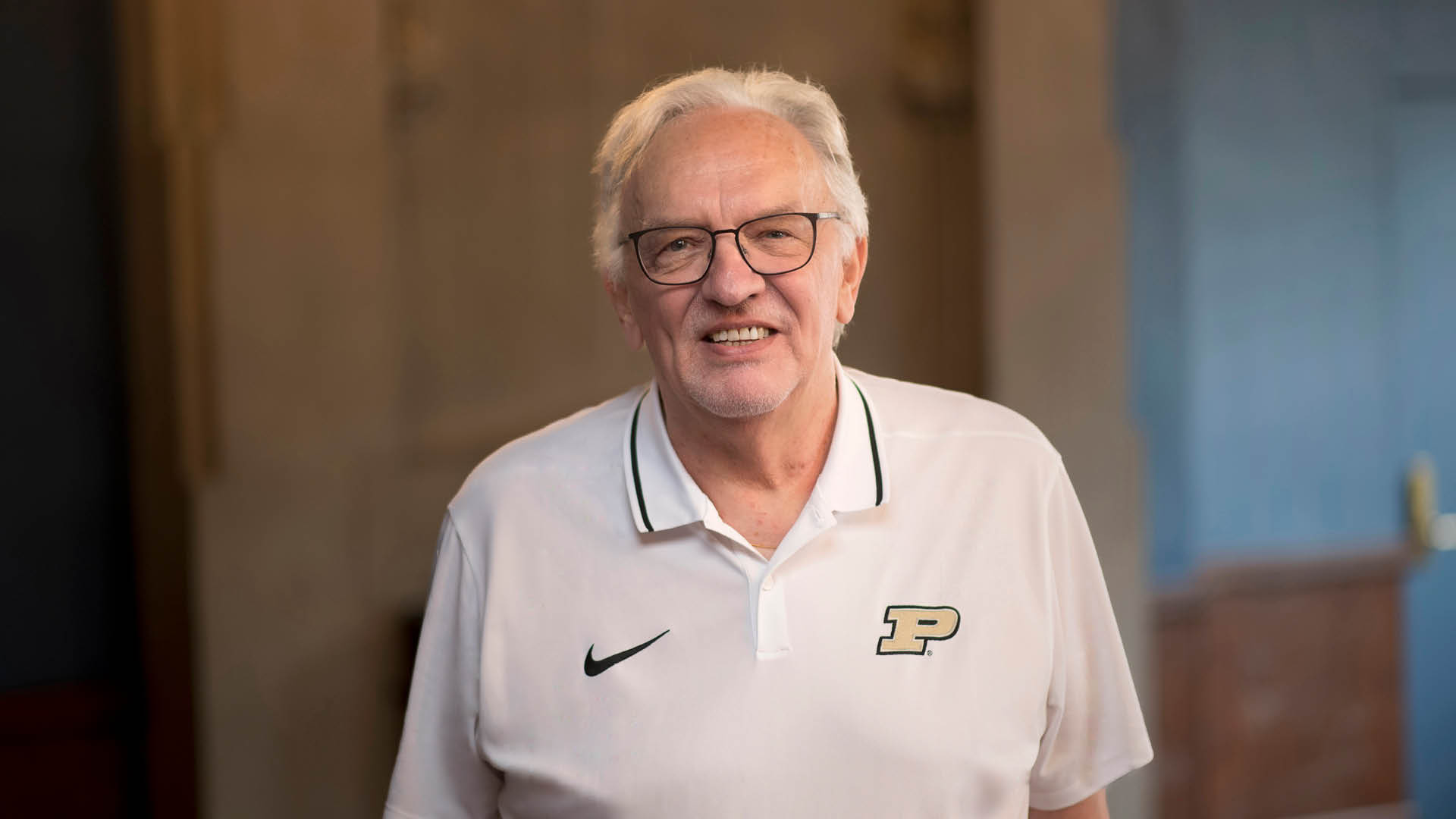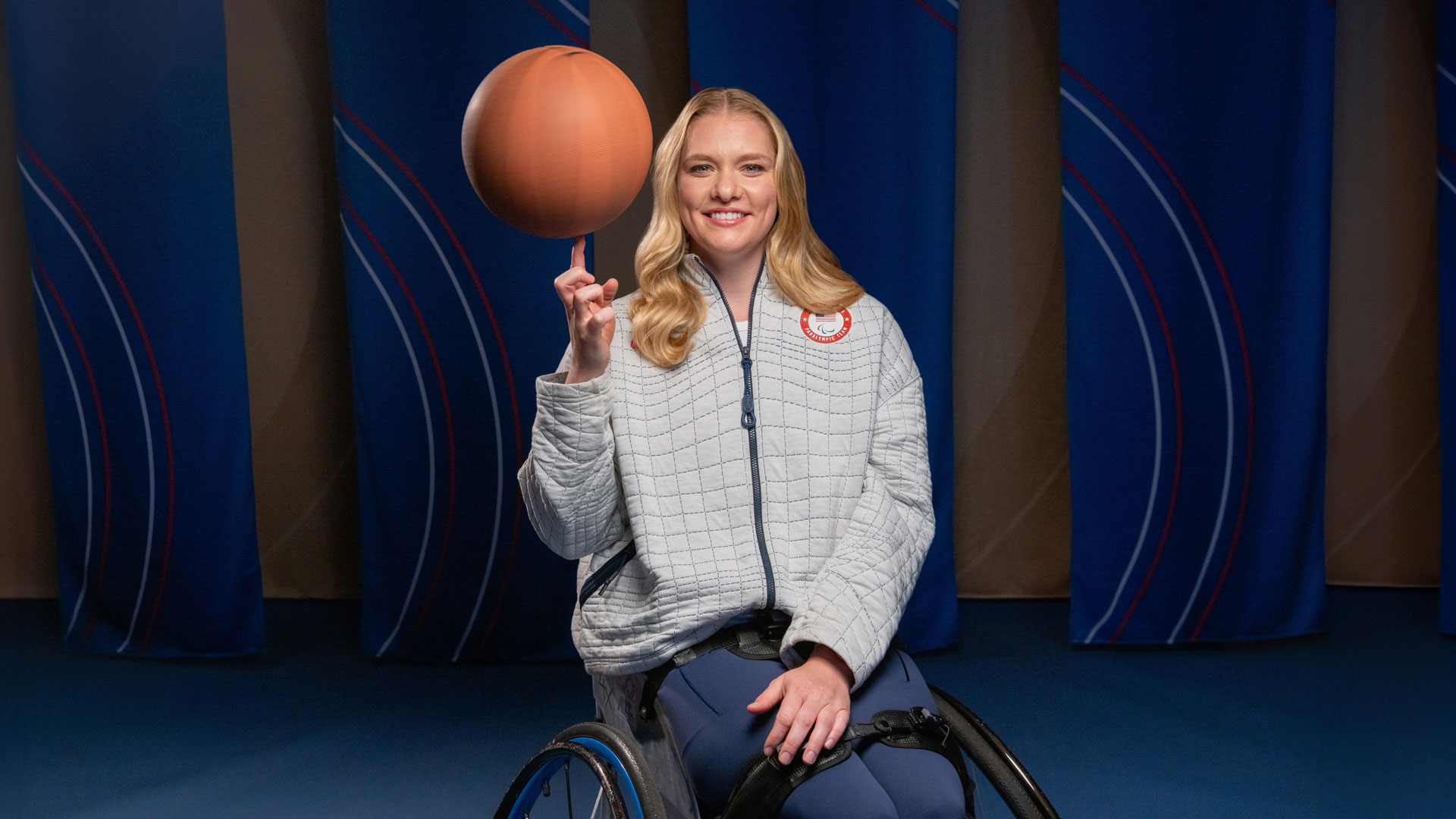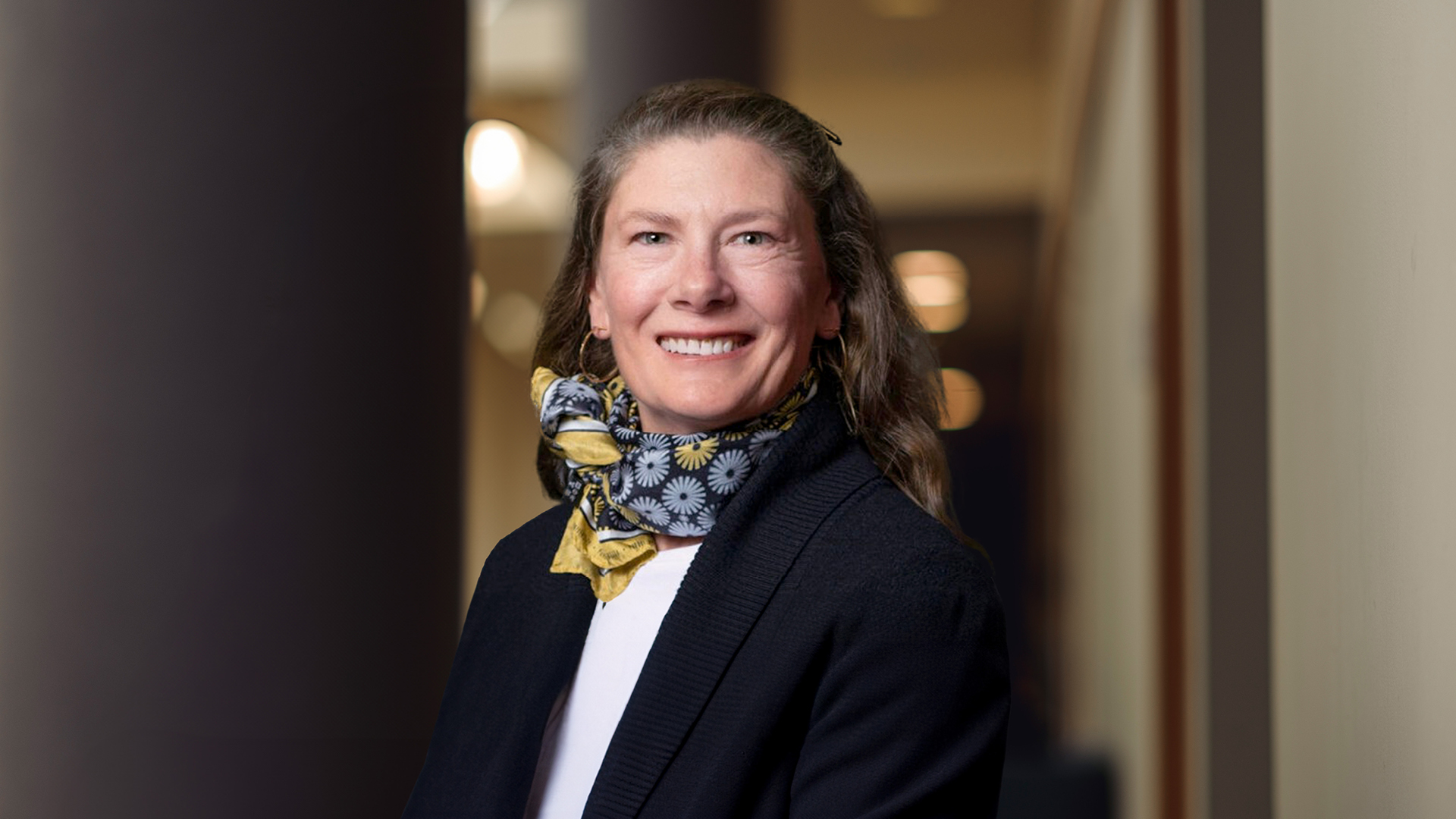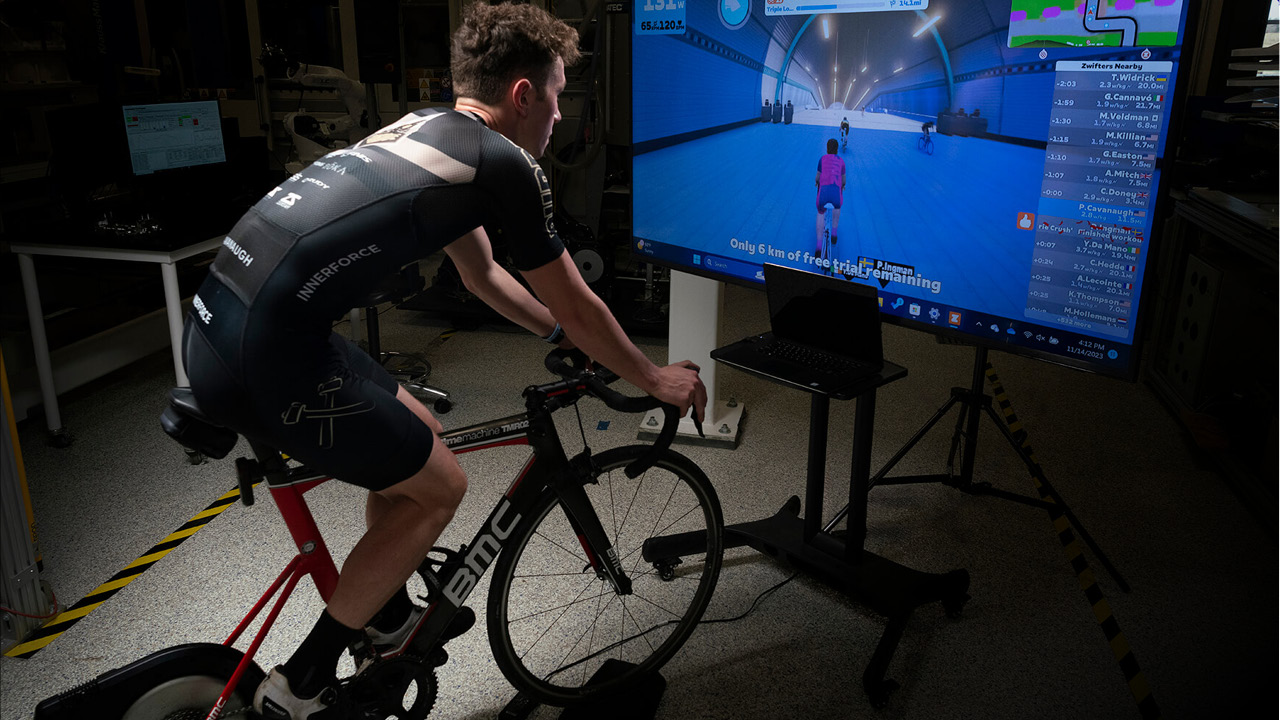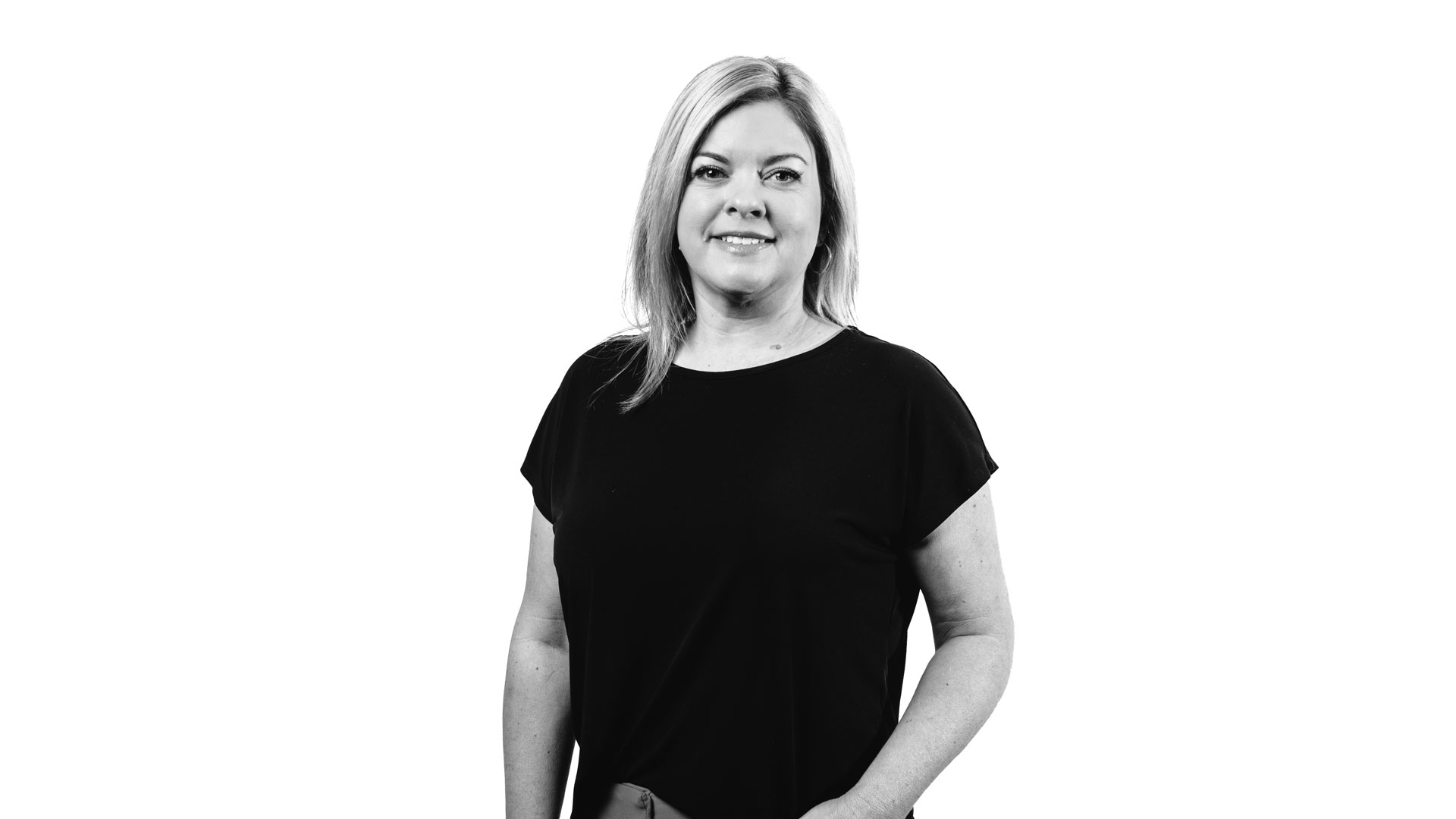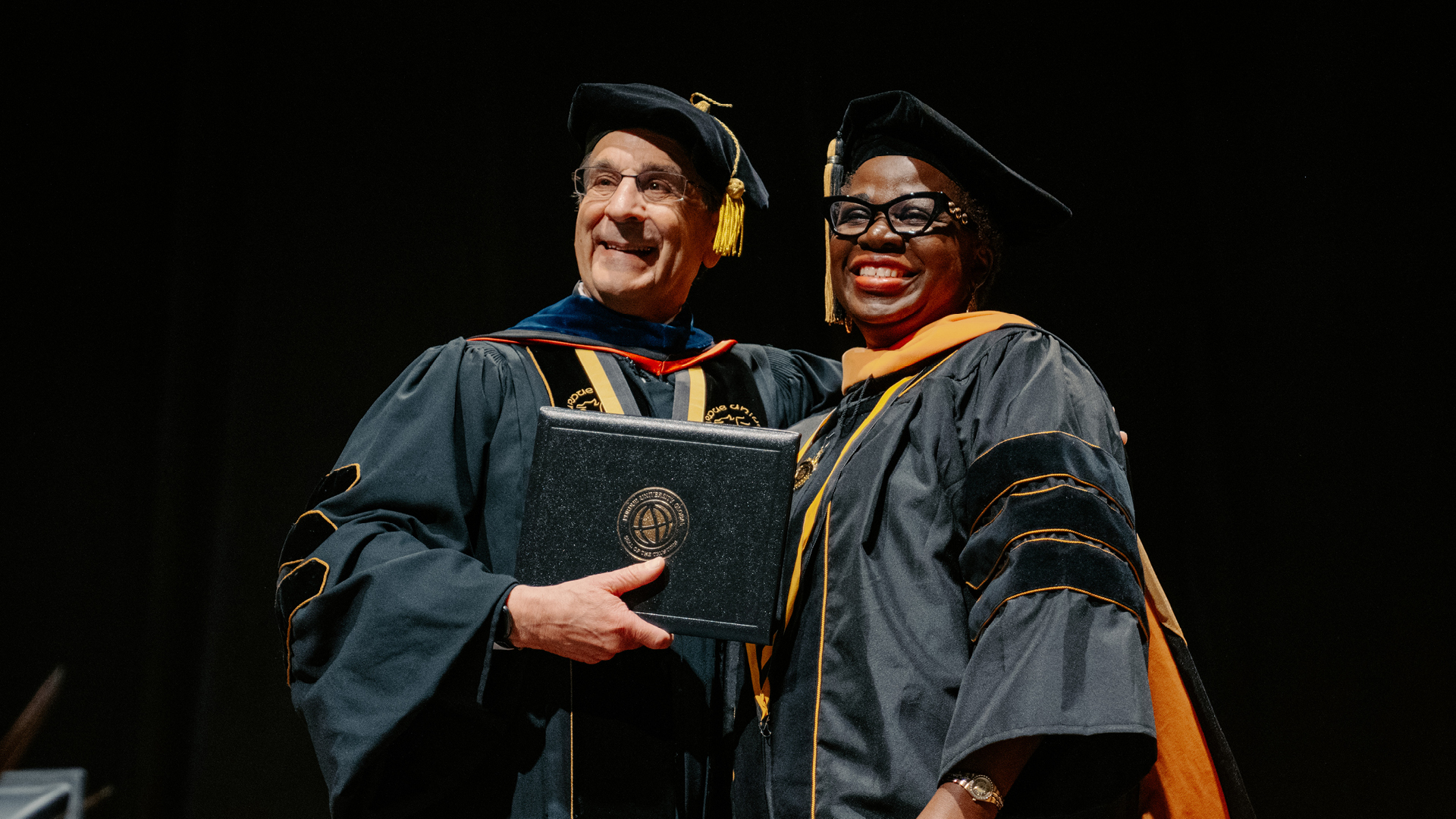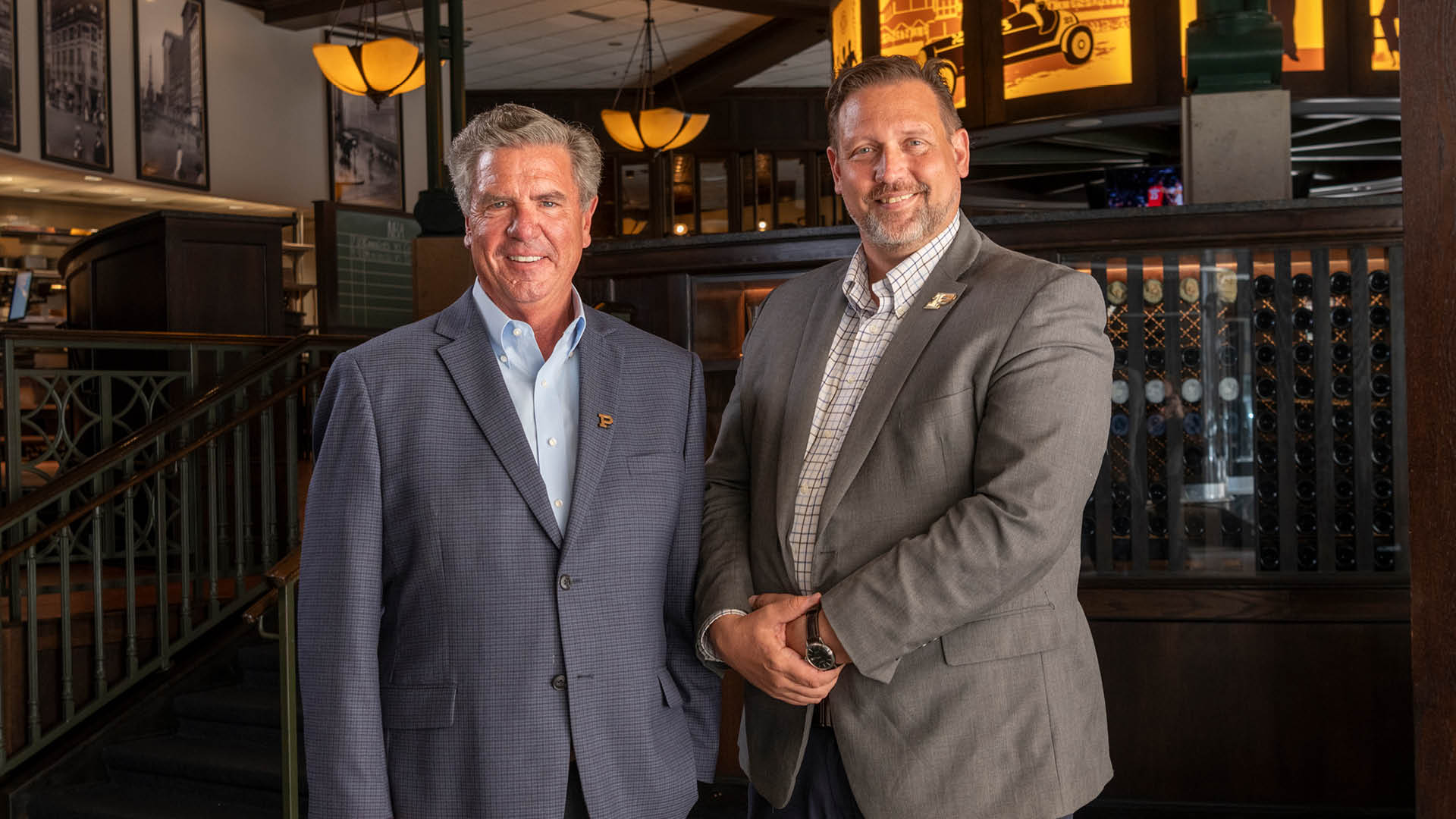Longtime aeronautics and astronautics professor views teaching honor as lifetime achievement award
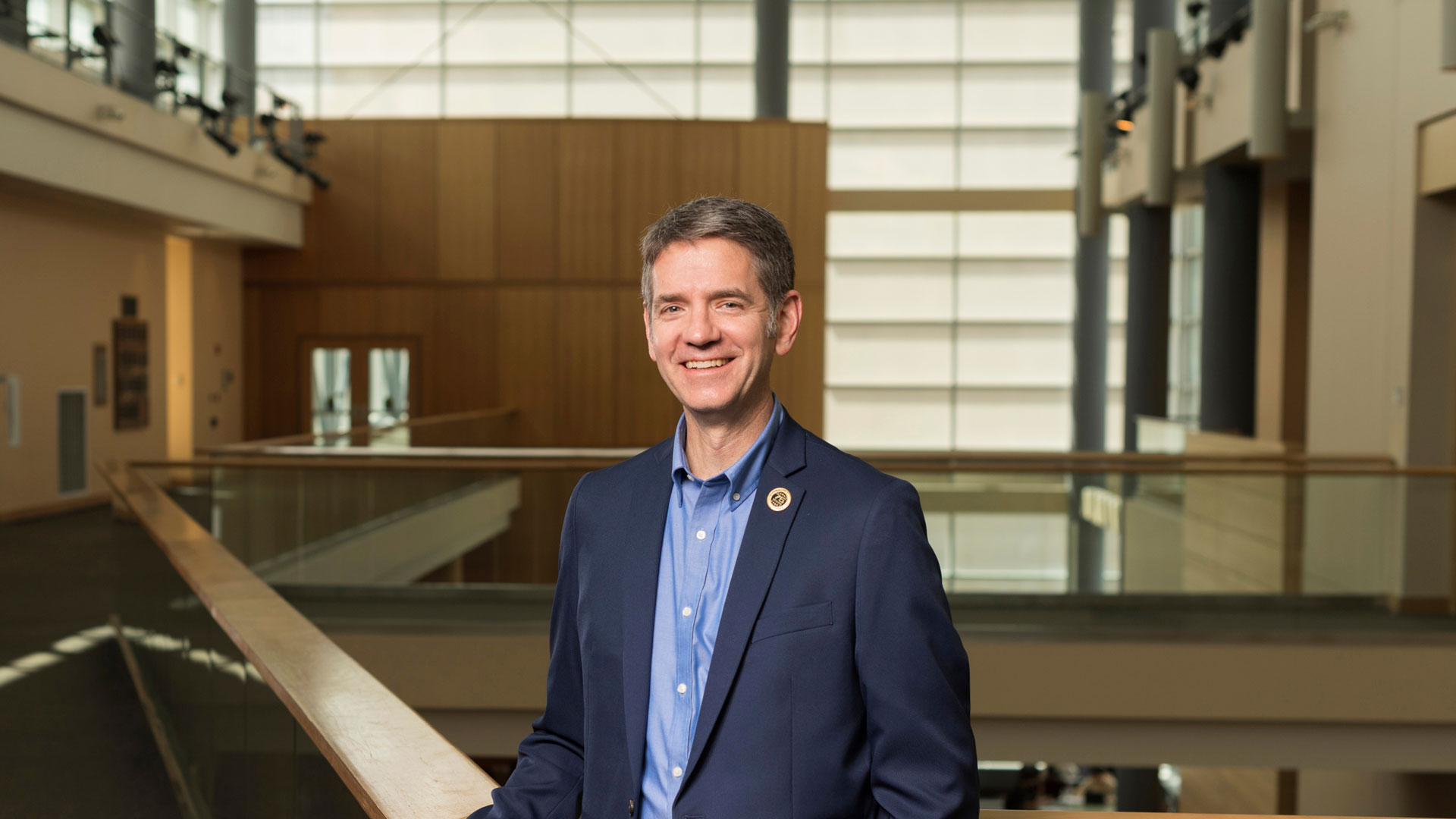
Longtime Purdue aeronautics and astronautics professor William Crossley is excited about the impact his former students are having on the space industry. (Photo by John Underwood/Purdue Marketing and Communications)
William Crossley says course material hits its mark when teachers care and connect with students
Aeronautics and astronautics professor William Crossley admits he is humbled to be named a 2022 winner of a Charles B. Murphy Award for Outstanding Undergraduate Teaching. So much so that the longtime Purdue instructor, now in his 27th year as a faculty member, proudly views the honor as a lifetime achievement award.
Crossley, the J. William Uhrig and Anastasia Vournas Head of Aeronautics and Astronautics and a member of Purdue’s College of Engineering faculty since 1995, has taught nearly 5,000 students, including over 3,300 undergraduates, in his main courses on aerospace and aircraft design, and multidisciplinary design optimization. He also teaches the senior seminar course, where a leadership team interrupted his March 25 class to tell Crossley that he was a 2022 Murphy award recipient. “I don’t like big surprises, so it took a few seconds until it dawned on me that this a very good thing to be surprised about, right?” he says. “You know, I really do enjoy the teaching part of my job, so this feels like a lifetime achievement kind of award.”
Purdue’s School of Aeronautics and Astronautics continues to build on its reputation as one of the nation’s best programs and its storied tradition as the “Cradle of Astronauts,” nearly doubling its size the past decade to over 1,000 undergraduate students today.
That motivates Crossley, who says he’s energized by the passion of his current students looking to make an impact on the world. And he is proud of the contributions made on the industry by the hundreds of Purdue alums who sat in his classroom five, 10 or 20 years ago.
The feeling is mutual, evidenced, for example, by a humbling reception he received from several former students and now Boeing employees at one of its Seattle area facilities. Or by alumna Audrey Powers, vice president of New Shepard Mission and Flight Operations at Blue Origin, who was eager to speak via remote to his senior seminar class this month. Powers was the company’s first employee to go into space, joining three spacefarers aboard the October 2021 flight, including William Shatner, Captain Kirk on the original “Star Trek” TV series and films.
Or through the story of Boilermaker Sirisha Bandla, one of four mission specialists aboard Virgin Galactic’s Unity 22 suborbital flight in July 2021. The 2011 graduate is now vice president of government affairs and research operations at Virgin Galactic. Bandla has fond memories of her time at Purdue, where she says she built a strong foundation of technical and programmatic principles that have carried into a successful career.
“This idea of helping a student get where they want to go, that’s really powerful,” Crossley says.
Innovation, empathy as instructor
To be effective, Crossley borrows a teaching concept from colleague Mark Maughmer at Penn State University. Appropriately broken down in the form of a simple equation, it’s e = mc2, where education (e) = material (m) x caring x connection (c2).
“If my connection and caring are not obvious, the material alone is insufficient and there’s no impact,” he says. “My students say they have applied the material and concepts from my classes in subsequent courses, in graduate research and in their careers in ways that make them successful. That’s when I know it’s clear I have combined the material, caring and connection for education.”
Crossley knows he must innovate in the classroom to challenge students while keeping abreast of an ever-changing industry. In his popular design classes, for example, he uses a creative icebreaker at each semester’s first three-hour lab to help project teams bond.
The assignment: Students lead a fictional company that produces paper airplanes – all alike and as many as possible in the time allowed. There’s the cost of each piece of paper, plus staples and paper clips used for stability, weight and balance. They must pass inspection. As a final step, students go before the class and try to fly the paper airplane through a Hula Hoop a few feet away.
“It’s an activity that has everything. They work together on a project that has aircraft design and manufacturing. They compete with other teams. They build camaraderie. And the students have fun doing it,” he says.
Crossley also says it’s vital as an instructor to be empathetic. To illustrate, he retells the story of his run-in as a student with a professor who remarked during a lecture that the students should have understood a particular concept.
The desire for people to get their aeronautics and astronautics degree from Purdue is huge, it’s unprecedented. One of the reasons I’m still here is because I get tremendous satisfaction from working with the students. I’ve become part of the Purdue family.
William Crossley, professor and the J. William Uhrig and Anastasia Vournas Head of Aeronautics and Astronautics
“The takeaway for me was that I should never say to a student, ‘It’s obvious.’ That’s why they’re here – to learn. And they may not learn the way I learned,” he says. “When I’m introducing difficult material, I try to explain it in a way that helps reinforce the concept. But I should never say it should be ‘obvious’ to my students.”
In his dual Purdue role as instructor and administrator, Crossley says Purdue is embracing what’s necessary to remake the culture of the aerospace and aviation industry and increase the number of women and underrepresented minorities, especially in leadership positions.
A 2020 Aviation Week survey of industry manufacturers indicated the number of women has been at about 24% since 2014. A similar trend exists for underrepresented communities of color, with only 6% of respondents’ workers identifying as Black and just less than 8% as Hispanic/Latino.
To address this challenge, Crossley says Purdue is partnering with alumni in industry leadership positions, combined with new scholarships, program funding, and inviting prominent speakers to campus for lectures and to meet with students.
“In general, we are about the same as the aerospace industry. But that’s not where we should be,” he says. “Purdue needs to lead that change because we feed the industry. We need to make sure that they know that we are a welcoming place to be for all who want to be in aerospace engineering.”
Makings of mentoring
Crossley the teacher and department head also align with Crossley the one-time student to frame his characterization of mentoring, especially at one of the nation’s best and biggest aerospace programs. It’s as simple as a 30-minute chat with a student after class one day. Or helping students navigate their way in finding a job. Or talking through with them about pursuing graduate school.
Plus, there’s the mathematical challenge for mentoring in his Purdue school – connecting over 1,000 undergraduate students with its fewer than 50 faculty. The answer, Crossley says, has been to tap the talent and experience of the vast Purdue network of the department’s alumni.
“In my role as head, I can serve in that interface and say, ‘Hey alums, we can use your help with this,’” he says. “Because I believe mentoring is really important, I have supported what we’ve been doing here. The students need that feedback.”
Approaching three decades as a Purdue faculty member, Crossley at times can’t help but wonder about an academic career that almost wasn’t. While participating in an Arizona State University graduate program sponsored by aerospace giant McDonnell Douglas, he was offered a position that did not require a doctorate degree, just as he was finishing his PhD. Crossley was advised not to accept the job. And when an opportunity arose to interview for a faculty position at Purdue in 1995 with then-department head John Sullivan, Crossley jumped at it. After years of celebrated teaching at Purdue, Crossley says he has never looked back.
“The desire for people to get their aeronautics astronautics degree from Purdue is huge, it’s unprecedented. We are roughly six times bigger than we were when I got hired,” he says. “One of the reasons I’m still here is because I get tremendous satisfaction from working with the students. I’ve become part of the Purdue family.”
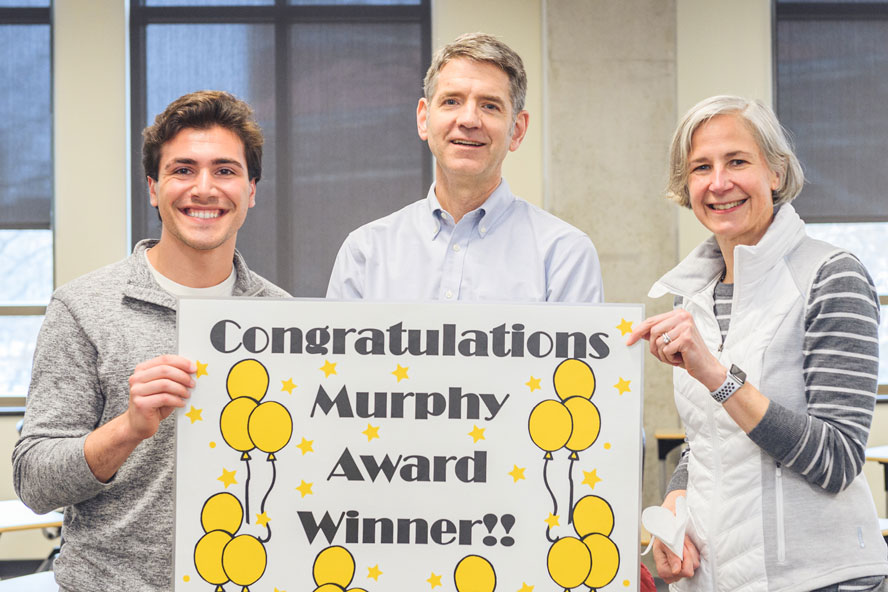
This idea of helping a student get where they want to go, that’s really powerful. If my connection and caring are not obvious, the material alone is insufficient and there’s no impact.
William Crossley Professor and the J. William Uhrig and Anastasia Vournas Head of Aeronautics and Astronautics
